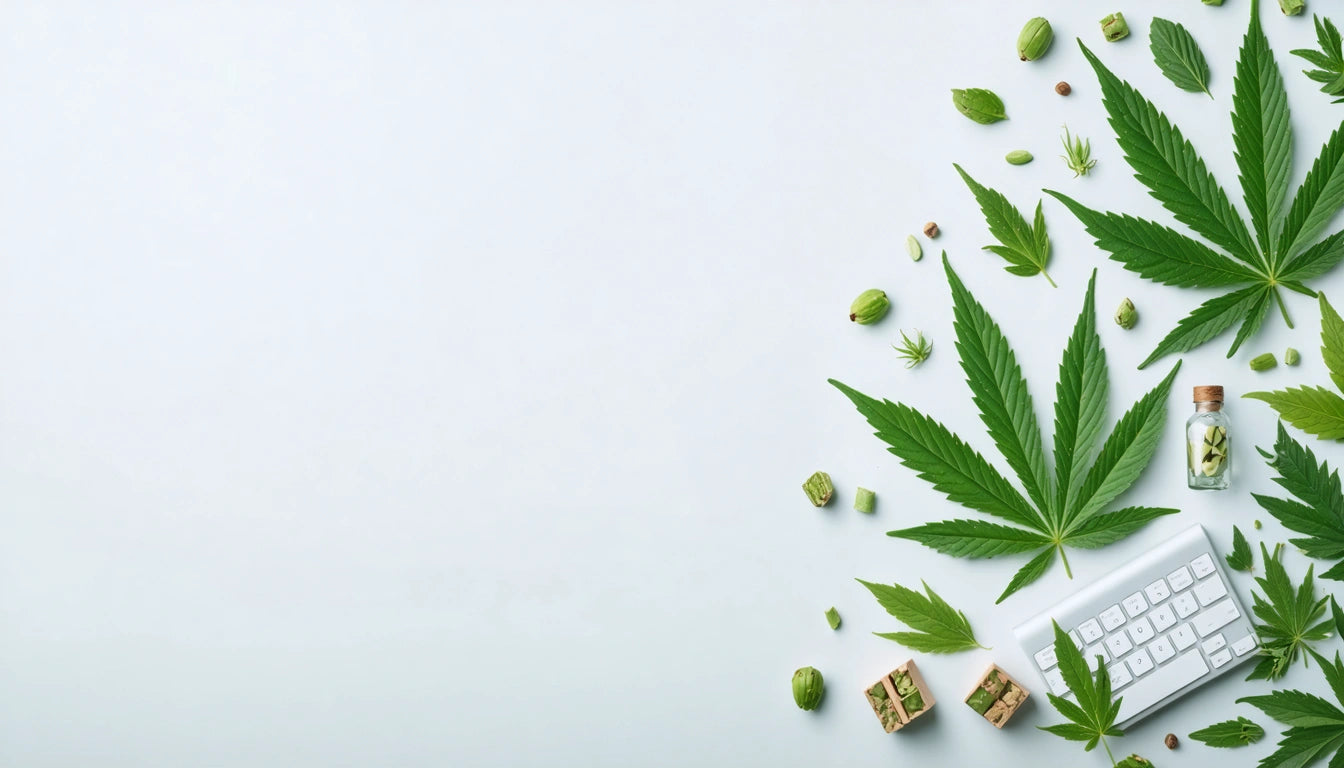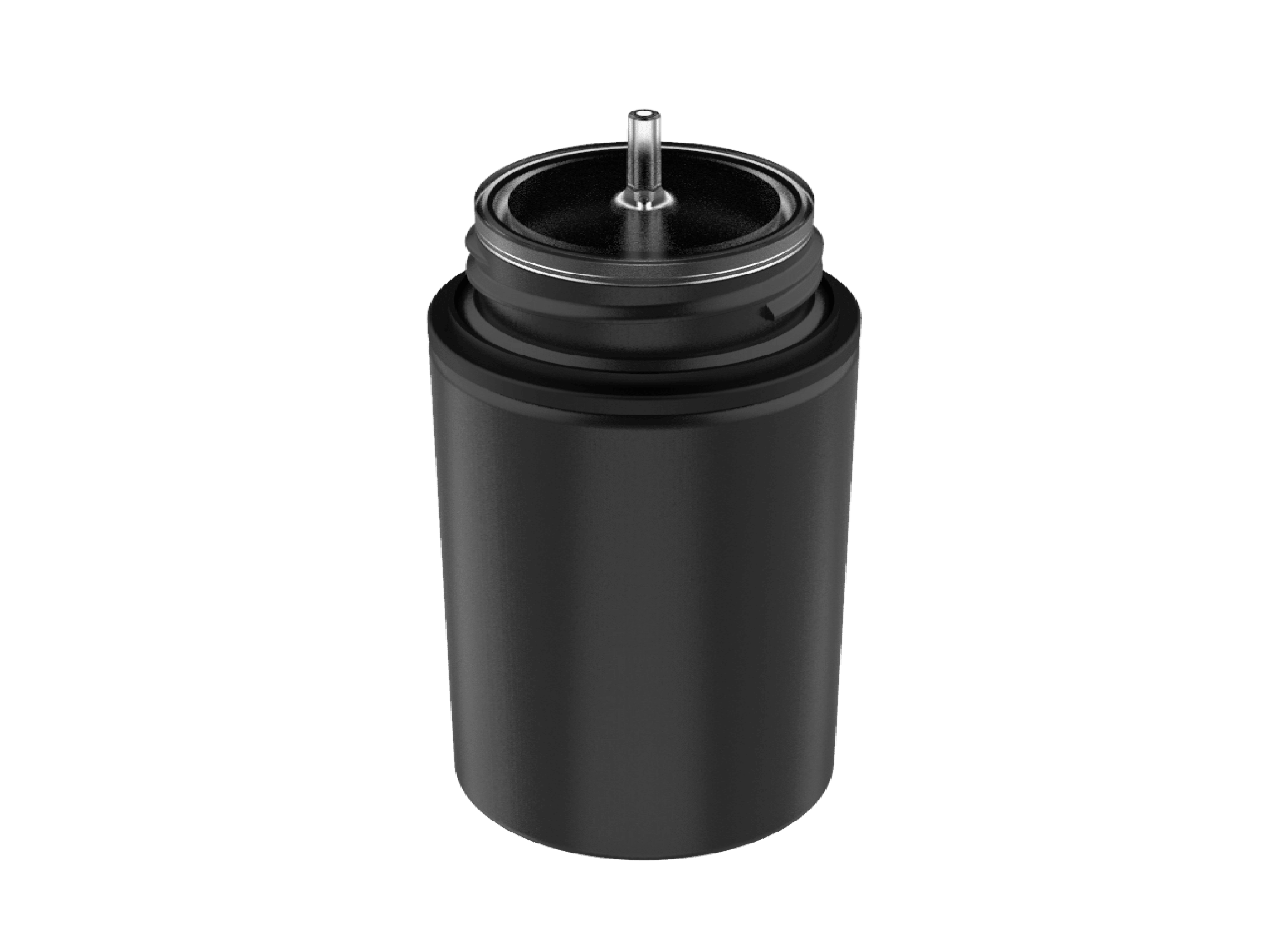Table of Contents
- What Happens When You Get Too High: Physical and Mental Effects
- Can You Die From Getting Too High? Understanding the Real Risks
- Why Some People Don't Get High: Individual Variations in Cannabis Response
- Managing Intense Cannabis Experiences: What to Do When Too High
- Prevention Strategies for Safer Consumption: Avoiding Overwhelming Experiences
Understanding the Risks and Effects of Getting Too High
Cannabis consumption affects individuals differently, and sometimes users may find themselves experiencing stronger effects than anticipated. Understanding what happens when you get too high, the actual risks involved, and how to manage these situations is crucial for cannabis consumers of all experience levels.
What Happens When You Get Too High: Physical and Mental Effects
When cannabis is consumed in quantities that exceed personal tolerance levels, users may experience a range of uncomfortable symptoms. These effects vary based on consumption method, strain potency, and individual factors.
Common Physical Symptoms
Physical manifestations of being too high often include:
- Increased heart rate (tachycardia)
- Dry mouth and eyes
- Dizziness or vertigo
- Nausea or vomiting in severe cases
- Motor coordination impairment
- Fatigue or lethargy
As explored in this comprehensive guide on being high, these physical symptoms typically peak within the first few hours and gradually subside as the body metabolizes THC.
Psychological Effects
The psychological impact of excessive cannabis consumption can be more distressing and may include:
- Anxiety or panic attacks
- Paranoia or fear
- Time distortion
- Short-term memory impairment
- Confusion or disorientation
- In rare cases, temporary psychosis-like symptoms
These mental effects can be particularly challenging for inexperienced users or those in unfamiliar environments. Research shows that cannabis affects everyone differently, with factors like genetics, previous experience, and setting all playing significant roles.
Can You Die From Getting Too High? Understanding the Real Risks
One of the most common questions about cannabis safety is whether you can die from getting too high. The scientific consensus is clear: there are no documented cases of death resulting directly from cannabis toxicity alone.
Unlike substances such as alcohol or opioids, cannabis does not affect the brain stem areas that control breathing. The theoretical lethal dose of THC is so extraordinarily high that it would be physically impossible to consume through conventional methods like smoking, vaping, or even edibles.
However, this doesn't mean excessive cannabis use is without risks:
- Impaired judgment leading to accidents
- Exacerbation of underlying cardiovascular conditions
- Potential complications when mixed with other substances
- Severe anxiety or panic that might lead to dangerous behavior
Proper storage and humidity control products for cannabis preservation can help maintain consistent potency, reducing the risk of accidentally consuming more THC than intended due to degraded or improperly stored product.
Why Some People Don't Get High: Individual Variations in Cannabis Response
Interestingly, some individuals report difficulty feeling the effects of cannabis, even with high-potency products. This phenomenon has several potential explanations:
Genetic Factors
Research suggests that genetic variations in endocannabinoid system receptors and metabolic enzymes can significantly impact how individuals respond to cannabis. Some people naturally have:
- Fewer CB1 receptors (the primary target of THC)
- More efficient THC-metabolizing enzymes
- Variations in enzymes that convert THC to its more psychoactive forms
Tolerance Development
Regular cannabis users develop tolerance as their endocannabinoid system adapts to frequent exposure. This can result in diminished effects over time, as explained in this article on tolerance development.
Improper Consumption Technique
For inhalation methods, improper technique can prevent effective delivery of cannabinoids. New users may not inhale deeply enough or may exhale too quickly before absorption occurs.
Managing Intense Cannabis Experiences: What to Do When Too High
If you or someone you know is experiencing the discomfort of being too high, several strategies can help manage the situation:
- Stay hydrated: Drinking water helps with dry mouth and may reduce some discomfort
- Find a calm environment: Reduce stimulation by moving to a quiet, familiar space
- Use calming techniques: Deep breathing, gentle stretching, or meditation can help reduce anxiety
- Try CBD: If available, CBD may help counteract some of THC's more intense effects
- Black pepper: Chewing black peppercorns contains terpenes that may help reduce THC's effects
- Distraction: Engaging in a familiar, enjoyable activity can help shift focus away from discomfort
For more detailed strategies, this resource on reducing the effects of being high provides practical advice for managing intense experiences.
Prevention Strategies for Safer Consumption: Avoiding Overwhelming Experiences
The best approach to dealing with getting too high is prevention. Consider these practices for safer cannabis consumption:
- Start low, go slow: Begin with minimal doses and wait at least 1-2 hours before consuming more, especially with edibles
- Know your product: Understand THC percentages and dosages before consuming
- Consider set and setting: Consume in comfortable, familiar environments with trusted people
- Stay aware of tolerance changes: After breaks from cannabis, tolerance decreases significantly
- Avoid mixing substances: Combining cannabis with alcohol or other drugs can intensify effects unpredictably
As outlined in this guide on maximizing and minimizing your high, thoughtful consumption practices can significantly improve your cannabis experience.
While the risk of fatal overdose from cannabis is virtually nonexistent, understanding what happens when you get too high and how to manage those effects is essential knowledge for responsible consumption. By recognizing individual variations in response, practicing moderation, and knowing how to handle intense experiences, cannabis users can minimize risks and enjoy more positive experiences.











Leave a comment
All comments are moderated before being published.
This site is protected by hCaptcha and the hCaptcha Privacy Policy and Terms of Service apply.